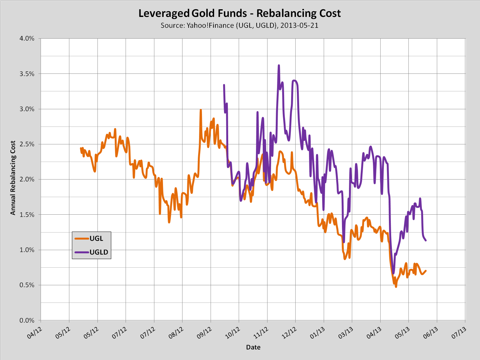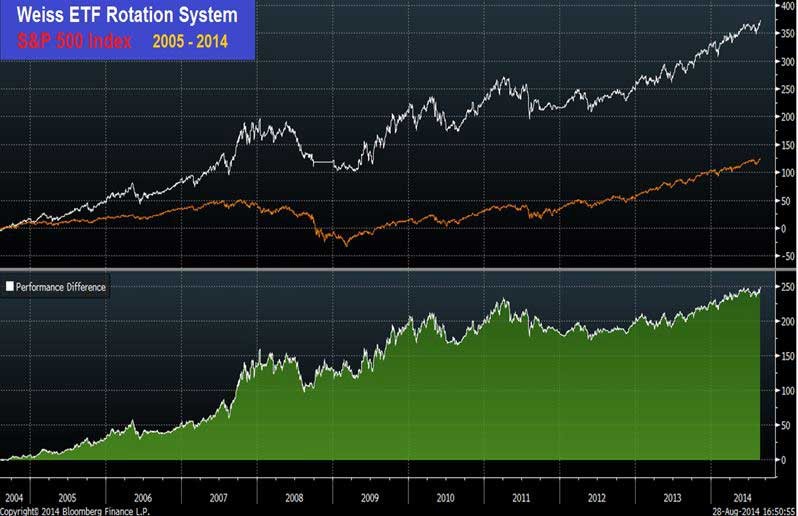How to beat ETFs
Post on: 27 Март, 2015 No Comment

BrettArends
These days everybody loves exchange-traded funds. Investors are pouring billions into low-cost ETFs that track various stock, bond and other asset class indexes. Money manager friends of mine sigh and say it’s impossible to earn a buck running a portfolio these days, because ETFs let people do it so cheaply.
And there’s a lot to be said for ETFs, including low costs, easy trading, and access to a huge array of different investment opportunities. If you fancy investing in crisis-stricken Freedonia, or you want to buy a basket of gold, platinum and silver in one easy trade, there’s an ETF out there for you.
But what if you could do better than ETFs — and for even less money?
It may well be possible. And I’m not talking about a high-risk strategy. I’m talking about a low-risk one.
I’m talking about doing what ETF fans claim to do, but doing so better, and more cheaply, on your own.
Here’s how.
As I observed recently in The Wall Street Journal, research has found seven strategies which over time have produced superior returns, with lower risk, than the standard stock market indexes like the S&P 500.
Two of them — “focus” investing in stocks you understand really well, and “timing” your investments using some long-term valuation metrics — are best left for another day.
But there are five other strategies which are relevant here.
The first is investing in “value” stocks — in other words, buying stocks that are cheap in relation to fundamentals such as net assets, sales, cash flow and dividends. It has been accepted for decades that this strategy has beaten the market over time.

The second is investing in the stocks of “high quality” companies, meaning companies with strong fundamentals, track records and balance sheets. The evidence is high that the stock market has pretty consistently underappreciated the importance of such quality measures, with the result that those who bought such stocks got a bargain.
The third strategy is investing in stocks with the lowest volatility. The conventional wisdom on Wall Street used to be that more volatile stocks were better investments, albeit with more risk. It turns out that over time that hasn’t usually been the case. Quite the reverse.
The fourth way of beating the market has been to invest globally, and not just in the U.S. This makes sense, when you think about it. Global investing gives you greater diversification. It improves your chances of buying severely undervalued assets in unfashionable investment destinations. The oft-repeated canard that foreign stocks are “risky” has no justification in theory or practice.
The fifth way of beating the index has been, arguably, the simplest: Equal-weight investing. Most ETFs, when you think about it, are built on a contradiction. They tell you to spread your bets across the entire market, but then they pour a disproportionate share of their money into the few stocks with the highest values — Apple AAPL, +1.81% and Google GOOG, +0.79% and Exxon XOM, +0.24% and so on. They tell you that all stocks offer the same risk-adjusted prospective returns, and then put more money in the most popular stocks than they do in the bottom 100.
This “capitalization-weighted” indexing makes sense for only one reason: It serves the interests of the money management companies, because it is easily scalable and easily manageable.
The ETF management companies have been trying to catch up with some of this market-beating research. They have relabeled a lot of the strategies I’ve just described as “Smart Beta” (because heaven forbid that anything should lack a gimmicky name thought up by some clowns in the marketing department), and they have started rolling out new Smart Beta ETFs. So you can now buy “Quality” stock ETFs and “Low Volatility” ETFs. (”Value” ETFs have been around forever.)














